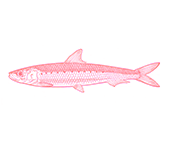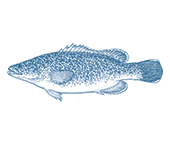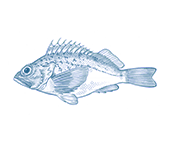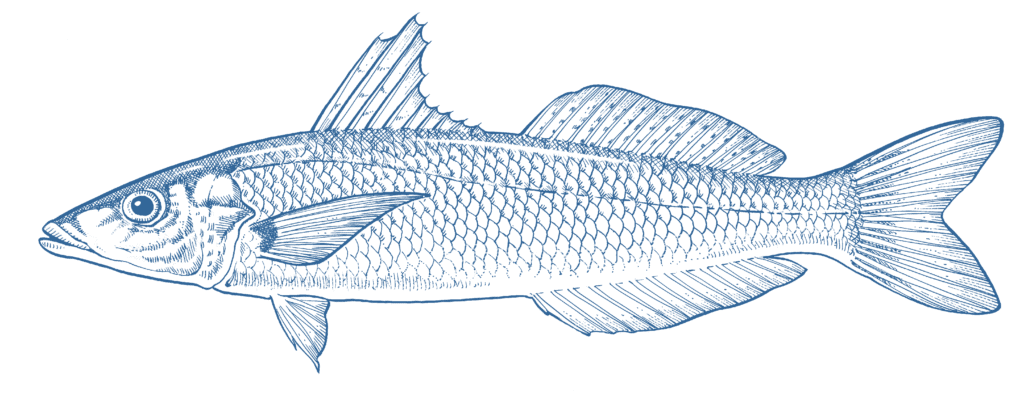




- Say No
Wild Caught
Region:
WA
- Gummy sharks are endemic to Australian waters. The majority are caught in fisheries managed by the Commonwealth and WA governments.
- Gummy shark is commonly sold as ‘flake’, which is a marketing term that also includes rig, a species of shark imported from NZ. However, a broad range of shark species, including some that are endangered, are also labelled as ‘flake’.
- Gummy sharks are caught by gillnet and bottom longline fishing. Populations caught in the WA-managed fishery are healthy.
- The WA gummy shark fishery poses a high risk to endangered Australian sea lions, which can be drowned in shark gill nets. Recently introduced fishery closures around sea lion breeding colonies have only been partly effective.
- There is no independent monitoring of the WA gillnet fishery, which means it is not possible to have confidence in the number of Australian sea lions reported killed in the fishery. The impact of fishing is, given past evidence from similar fisheries, highly likely to be significantly more than is reported.
- WA Joint Authority Southern Demersal Gillnet and Demersal longline Managed Fishery (315t in 2020/21)
Gummy sharks are endemic to Australia, found throughout southern waters and caught in fisheries in WA, VIC, TAS, NSW and in Commonwealth waters. The majority of fisheries are small scale, and only the Commonwealth and WA fisheries are included in this assessment. Gummy shark is commonly labelled ‘flake’ at point of sale. The term ‘flake’ can refer to both gummy shark and rig, a species of shark imported from NZ.
Gummy sharks are a smaller species of shark that, unlike other larger species of shark, reproduces relatively quickly and produces a number of pups. These factors mean that fishing for this species can be managed at sustainable levels if managed well.
The stock status of gummy shark across southern Australia is well understood in Commonwealth waters, and there are no indications that the stock of gummy shark fished in Commonwealth or WA waters is overfished, though data used to assess the WA population are increasingly out of date.
Most WA gummy shark comes from bottom gillnet fishing methods which catch endangered Australian sea lions, which are also endemic to southern Australian waters. In the Commonwealth-managed fishery, the areas around sea lion colonies are closed to gillnet fishing, and limits are in place for the number of sea lions that can be killed in the fishery before further large areas of sea lion foraging habitat are also closed. This strategy to reduce the impact of fishing on Australian sea lions is backed up by video monitoring. All boats fishing with gillnets near Australian sea lion colonies are fitted with cameras that record what is caught, which means log-book reports of Australian sea lion deaths are verified by an independent method.
In contrast, there is no independent verification of Australian sea lion bycatch in the WA fishery. Closed areas around Australian sea lion breeding colonies were implemented recently, but are considered only partly effective and the fishery has been assessed as continuing to pose a high risk to the species. Significantly improved environmental management will be required in future.
It is also highly likely that, given the similar fishing methods used in the WA and Commonwealth fisheries, dolphin bycatch is an issue in WA, but has so far not been quantified.
The WA fishery targets a number of different shark species (including gummy, whiskery, sandbar shark and dusky whaler). There are concerns over the stock status of sandbar sharks and dusky whalers in WA waters.
Marine parks provide some protection from the impacts of the WA shark fishery on WA’s west coast, but these important protections are largely absent on the south coast where most Australian sea lion colonies are found.





